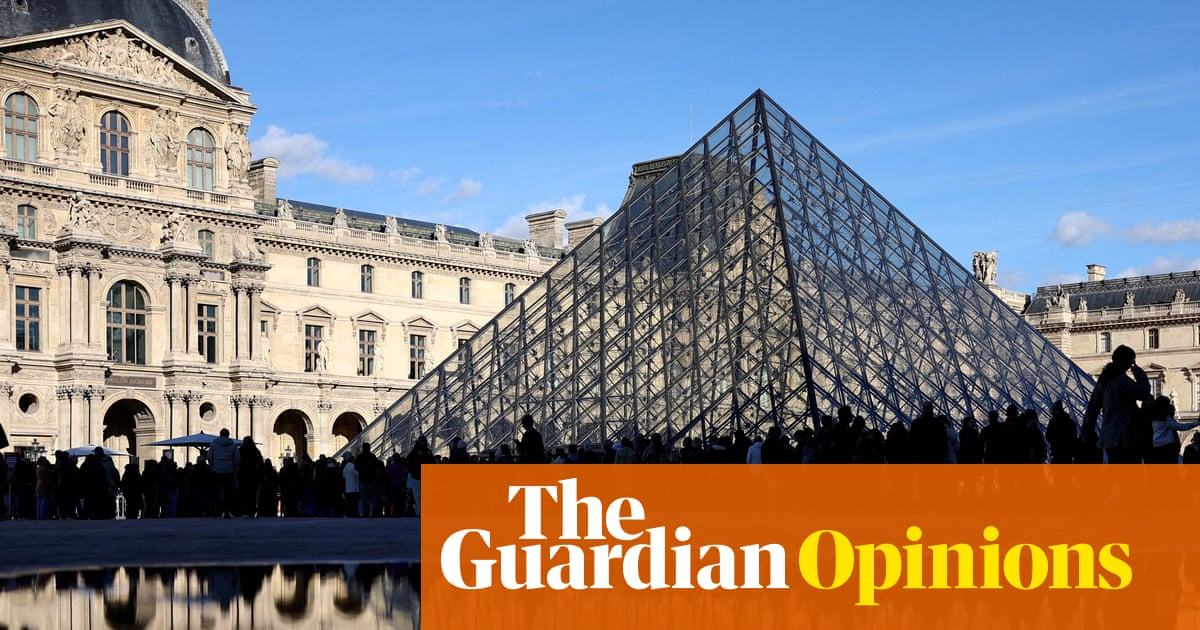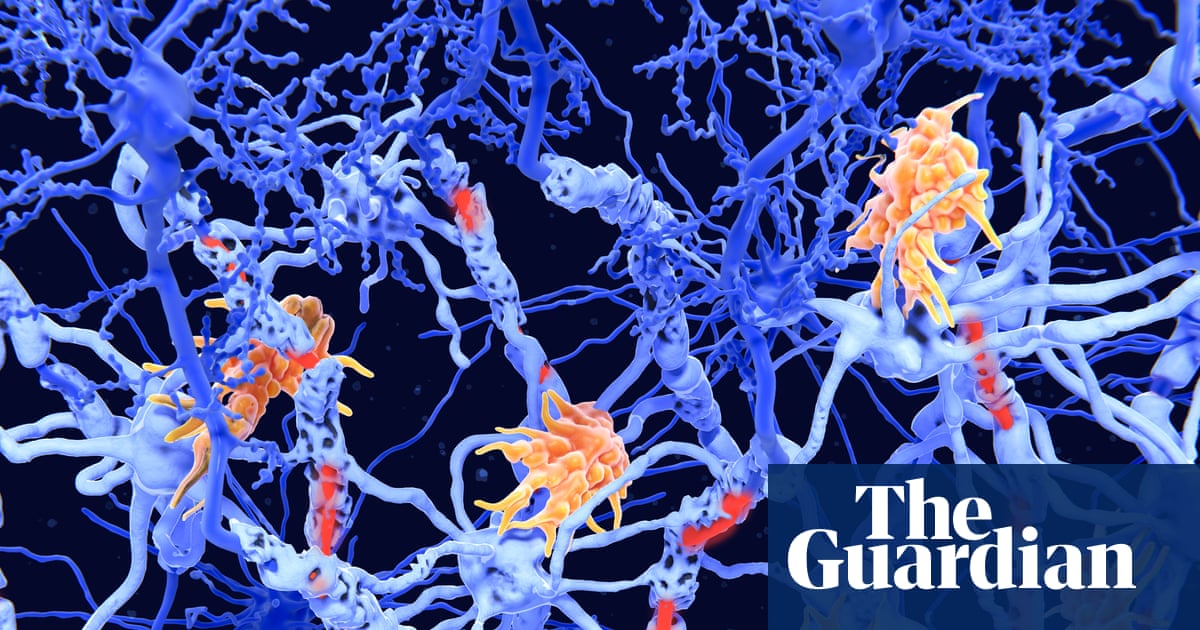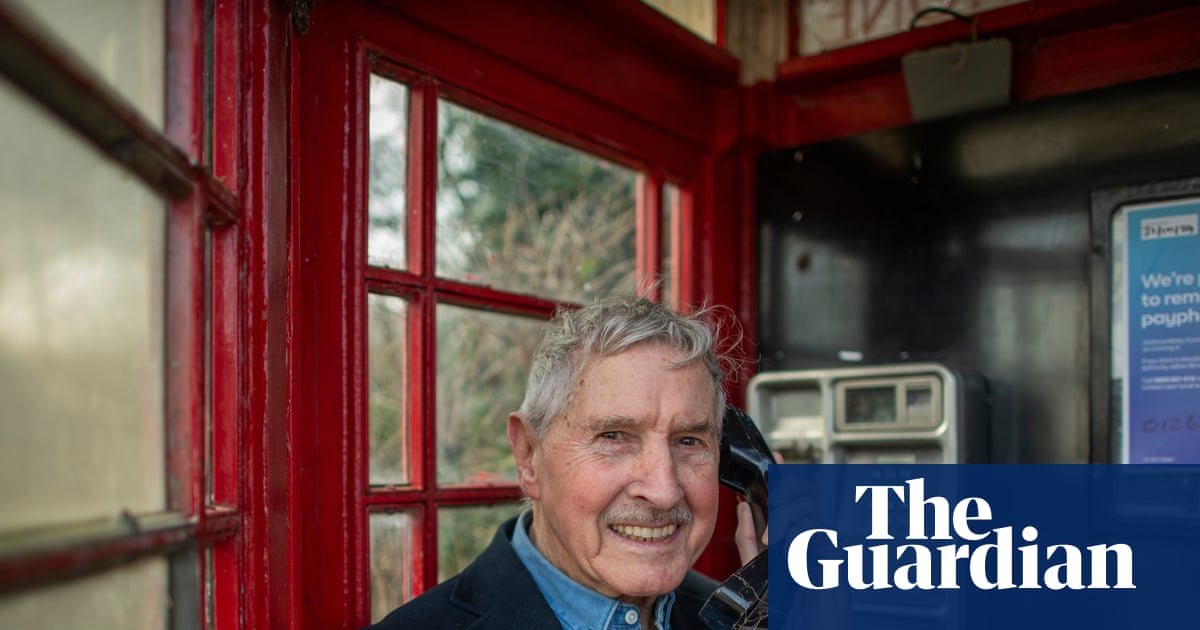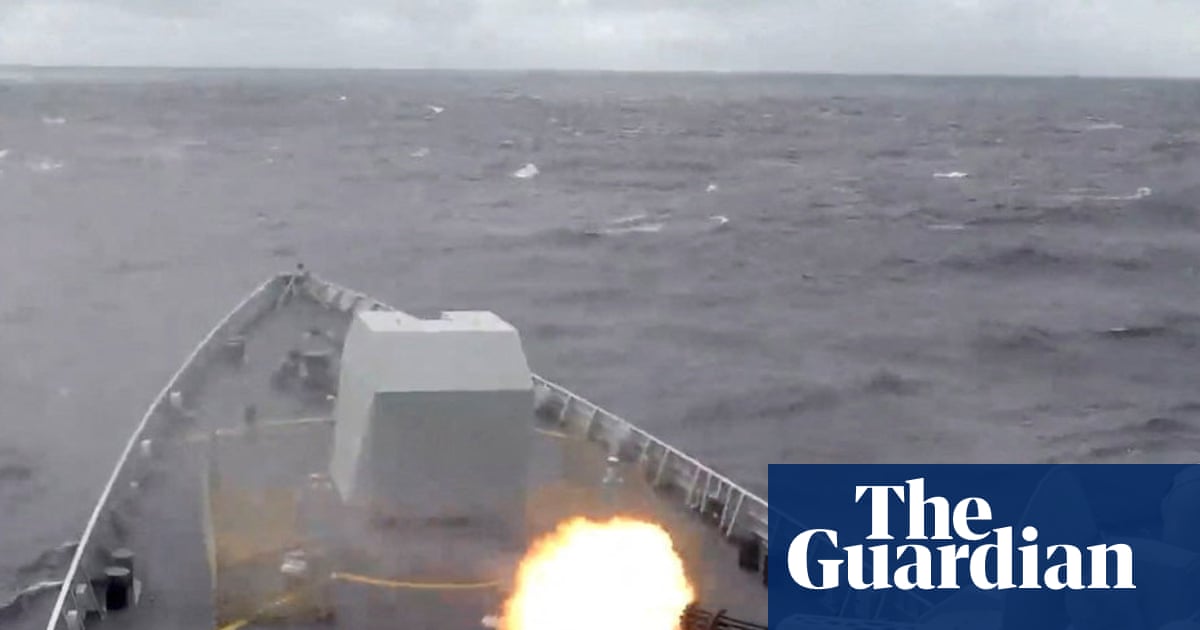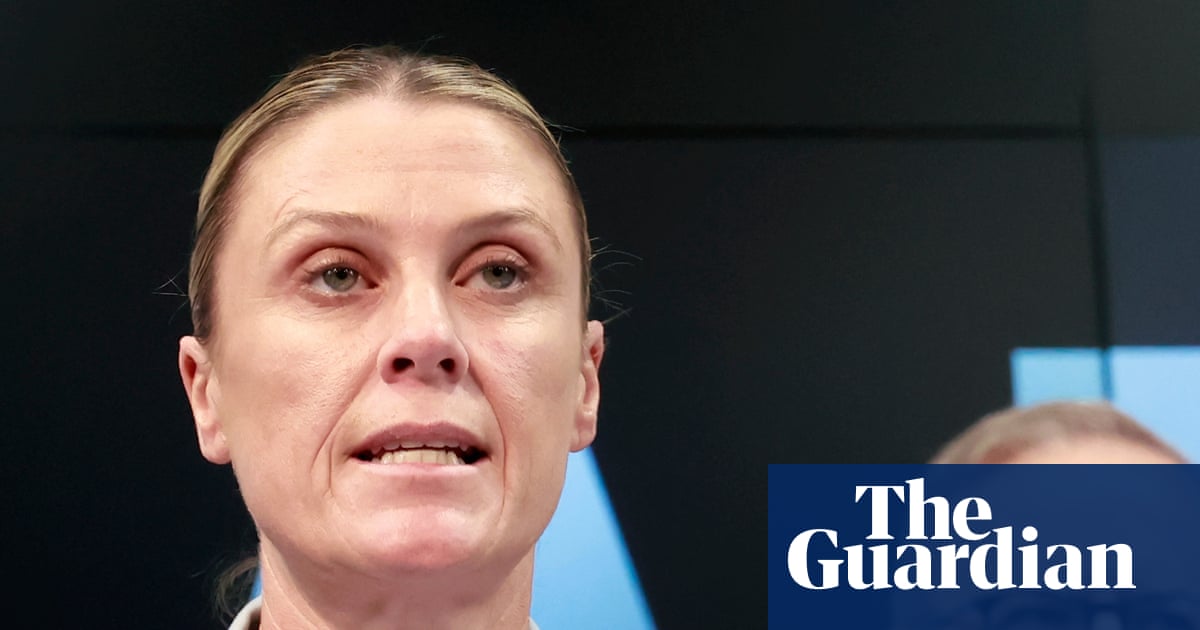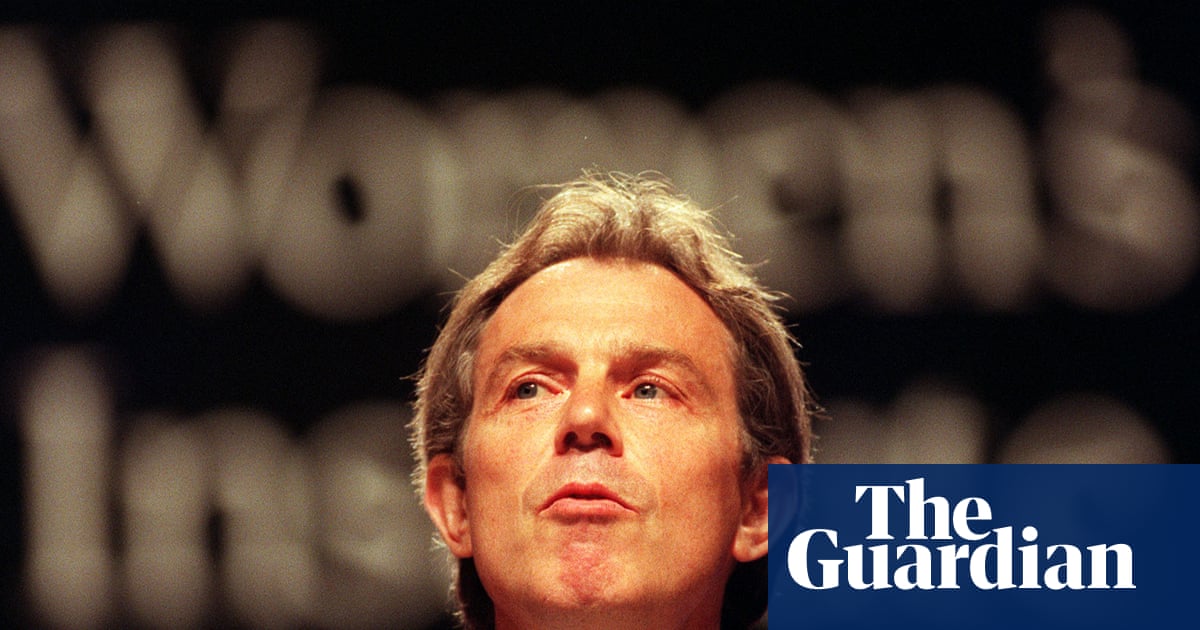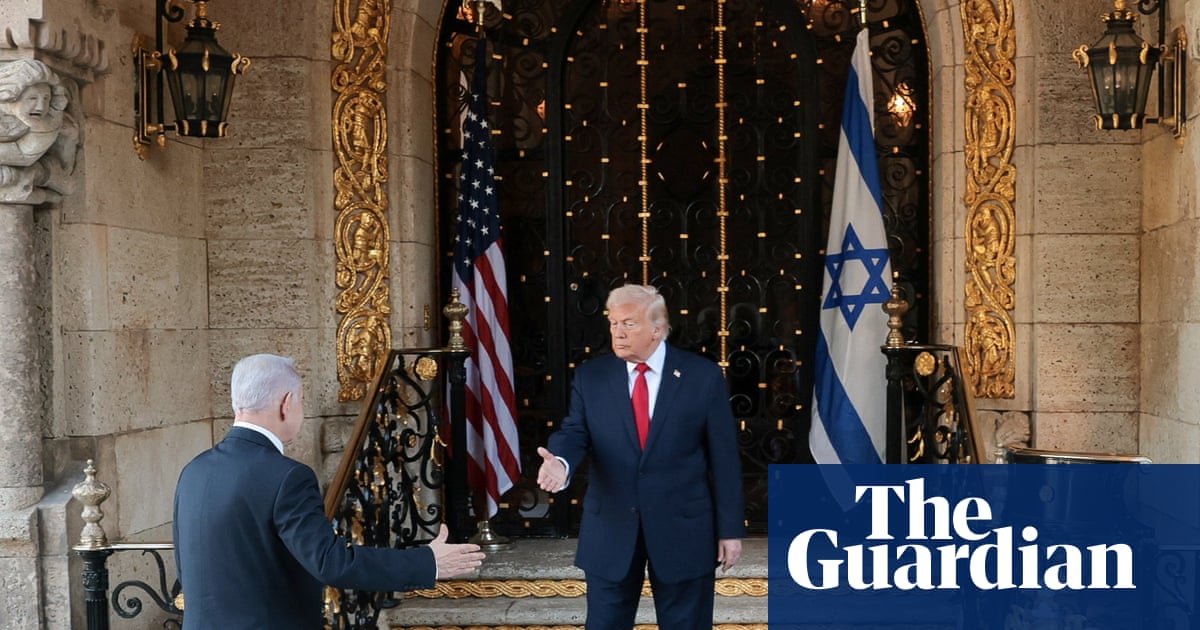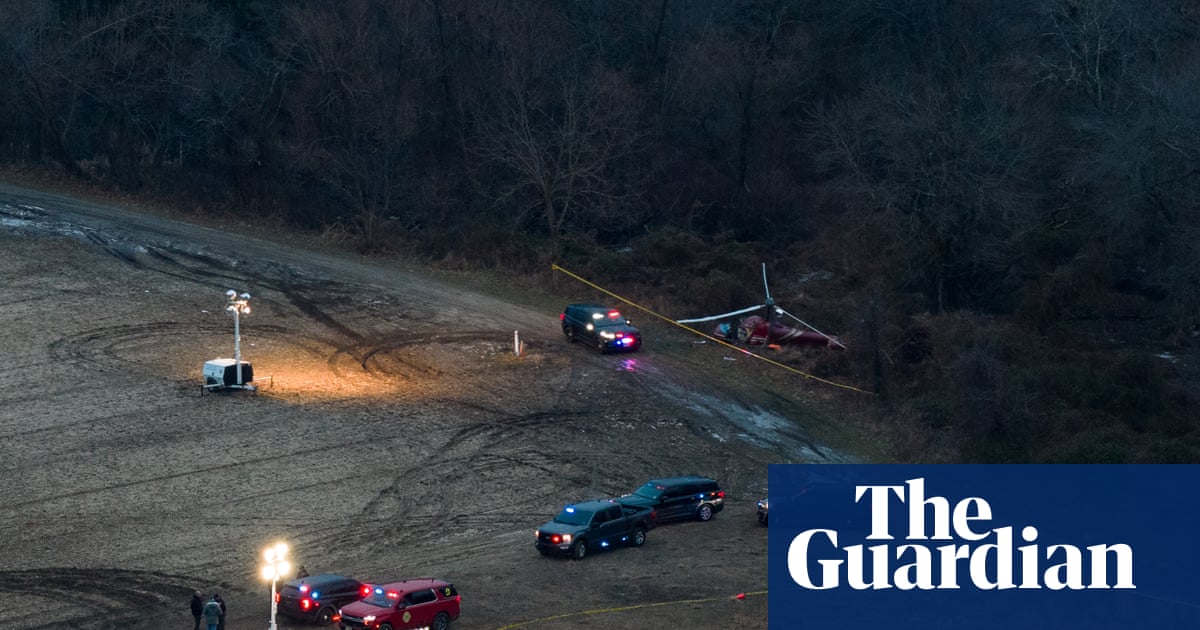External power to the Russian-occupied Zaporizhzhia nuclear plant has been cut for more than three days, a record outage that has prompted safety concerns over the six-reactor site on the frontline of the Ukraine war.
Emergency generators are being used to power cooling and safety systems after the final power line into the plant was cut on the Russian side at 4.56pm on Tuesday and there is no immediate sign that the line will be reconnected.
Rafael Grossi, the director general of the International Atomic Energy Agency (IAEA), described the situation as “deeply concerning” on Wednesday and met Vladimir Putin on Thursday but the situation has continued.
Western experts and Ukrainian officials fear the Kremlin is manufacturing a crisis to consolidate its grip over the plant, which is Europe’s largest, and that Russia is taking high-risk steps to turn on at least one reactor despite the wartime conditions.
“Russia is using the nuclear power station as a bargaining chip,” said one Ukrainian government official, while a specialist at Greenpeace said the Russian occupation had entered “a new critical and potentially catastrophic phase”.
Stress tests by European regulators after the 2011 Japanese reactor disaster at Fukushima indicated that a nuclear plant should be able to operate without external power for 72 hours. Going beyond that time limit is untried, Ukrainian sources said.
Russia seized the Zaporizhzhia nuclear plant in March 2022 and its reactors, once capable of powering 4m homes, were put into cold shutdown for safety.
Ukraine regards the nuclear plant as its own but the plant has cropped up in negotiations between Donald Trump and Putin. Trump has tried to suggest the US should to take control, while the Kremlin has said it wants to restart all the reactors and connect them to the Russian grid – a task considered feasible only during peacetime.
External power has been lost at Zaporizhzhia nine times before. On each occasion the damage was done in Ukrainian-held territory by Russian forces striking energy infrastructure across the Dnipro. The final 750-kilovolt electricity line had run across the river, with Ukraine willing to supply energy to maintain safety.
On Tuesday the line was damaged on the Russian side, about a mile from the plant. The plant’s Russian operators said repair efforts were “complicated by ongoing shelling by the Ukrainian armed forces”, though Ukraine says it never fires at or around the plant, arguing it would be unacceptably risky.
The IAEA said it had been told by the Russian operators that there was enough diesel to power the generators for 20 days without fuel resupply. But Grossi said loss of external power “increases the likelihood of a nuclear accident”.
Seven out of 18 available generators are powering cooling on site but if they were to fail, Ukrainian sources said, there would be a risk that the nuclear fuel in the six reactors would heat uncontrollably over a period of weeks, leading to a meltdown.
An accelerated version of this scenario happened at Fukushima because the reactors had just been operating. A 9.0-magnitude earthquake struck Japan and the hot reactors on the site were automatically shut down in response. Emergency generators continued to pump cooling water around the reactor but these were knocked out by a tsunami that followed minutes later. Three nuclear cores at the plant melted down within three days, though the fuel remained contained. Nobody was killed but more than 100,000 were evacuated.
after newsletter promotion
There are signs that Russia is close to installing a new power line into the Zaporizhzhia plant, running through occupied territories, to resolve the crisis. “They will portray themselves as saviours,” the Ukrainian government official said.
Analysis by Greenpeace of satellite imagery showed 125 miles of construction from the Russian grid in the occupied Ukrainian city of Mariupol, though it is unclear if a final connection to the power plant has been made.
Other satellite imagery showed that the Russian occupiers built a dam across an inlet channel at the site in the summer in order to create a smaller, more secure water source. Greenpeace’s nuclear specialists believe there is enough water available for Russia to restart one of the six reactors, to assert that only it can run the site.
A week ago Yuriy Chernichuk, the Russian-appointed director of the plant, said the process of integrating the site into the Russian grid was “in its final stages”, though a restart of any nuclear reactor during a war would be unprecedented.
Shaun Burnie, the senior nuclear specialist at Greenpeace Ukraine, called on the head of the IAEA to intervene. “Grossi needs to immediately tell the Russian government to abandon its plans for reactor restart and to make clear that they alone are responsible for the nuclear safety and security crisis,” he said.
Neither Grossi nor Putin referenced Zaporizhzhia in limited public statements after their meeting on Thursday. The Russian president told Grossi: “We will do everything we can in order to support your work.” Grossi described the meeting as “timely and important”.

 3 months ago
67
3 months ago
67






